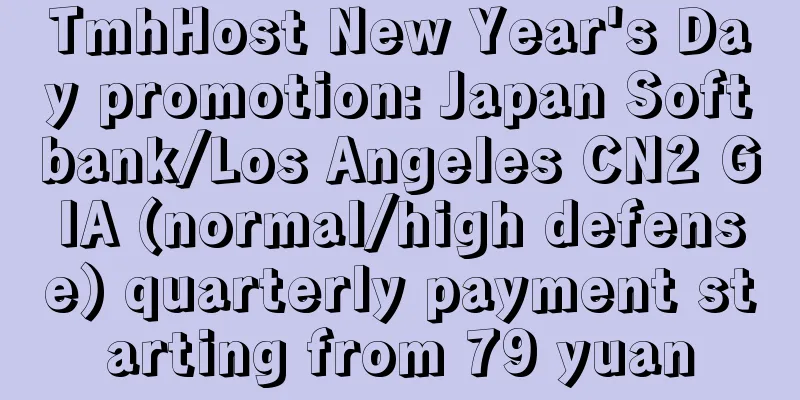Fiber will play a key role in 5G development

|
CommScope recently said that in the future of broadband development, network convergence will adopt fiber on a large scale. Previously, CommScope co-sponsored Telecoms.com Intelligence's "Broadband Outlook 2016" survey, the results of which showed that fiber will play a key role in the development of 5G and the network speed of all FTTH deployments.
“In the future, fiber will go deeper into the network to meet the growing demand for bandwidth,” said Dieter Verdegem, vice president of FTTx access solutions at CommScope. “When 90% of respondents believe that multi-system operators will merge fiber networks for 5G to cover FTTH and fiber backhaul, the significance is impossible to ignore.” The 600 respondents from around the world who participated in the survey included service providers and vendors, as well as consultants, analysts and enterprise network customers. Other key findings from the Broadband Outlook 2016 report include:
According to the report, 2020 is "heralded as the year when everything in the world gets better," although some operators want to bring that date forward. The report also states that "the worlds of fixed and wireless appear to be on a collision course, and operators are working hard to sort out the chaos." Telecoms.com Intelligence released the findings at the Broadband World Forum telecoms conference in London this week. "We are delighted by the positive feedback and support for the Broadband Outlook Survey from the industry, which represents a very important group of the industry," said Tom Skinner, head of information at Telecoms.com. "The results of the survey show that the next generation of access technologies will rely heavily on fiber-intensive infrastructure, especially as we get closer to 5G and anticipate the rich content that 5G will provide." |
<<: Why is WiFi on buses not as popular as on subways?
>>: Asia seizes first-mover advantage, 5G is expected to arrive in 2018
Recommend
BICS Group acquires 3m Digital Networks to accelerate transformation into communications platform provider
MicrosoftInternetExplorer402DocumentNotSpecified7....
Data Center Container Network Technology
Container technology is very popular and often me...
Network Automation: The Core Competitiveness of Operators in the 5G Era
[[327272]] What is the core competitiveness of op...
PwC: By 2030, 5G will contribute $1.3 trillion to global GDP growth
On February 10, foreign media reported that a rep...
If one person has internet access, the whole village will be at ease! Two ways to break through LAN blockade
Hey! Dear friends, long time no see. Today I brin...
Understand the HTTP caching mechanism and principles from the root in a simple and easy-to-understand way!
HTTP cache is very critical for front-end perform...
Justg: Russia CN2 GIA line VPS is online with annual payment starting from US$39.99
Last year, the blog shared the news of Justg'...
The three major operators work together to embrace 5G positioning, accelerate capacity improvement, and jointly create an industrial ecosystem
Telecom operators are not only the builders and o...
Breaking news: UnionPay is going to be the first to “recruit” WeChat and Alipay?
Recently, a plan for WeChat and Alipay to connect...
Expert Viewpoint: Looking into the future of the Internet
How will businesses’ approach to networking evolv...
Analysis on the current status of global 5G development
[[417613]] This article is reprinted from the WeC...
Introduction to various types of network cables, what are Category 5 and Category 6 cables?
1. Network cable overview The network cable usual...
Star Domain CDN won the 2016 "Most Trustworthy CDN Solution Award"
[Original article from 51CTO.com] Recently, Star ...
SD-WAN deployment pitfalls: How to avoid five common challenges
As organizations accelerate their cloud adoption ...
On-Prem vs. Colocation vs. Cloud vs. Edge: Pros and Cons
In today's digital economy, technology has be...









